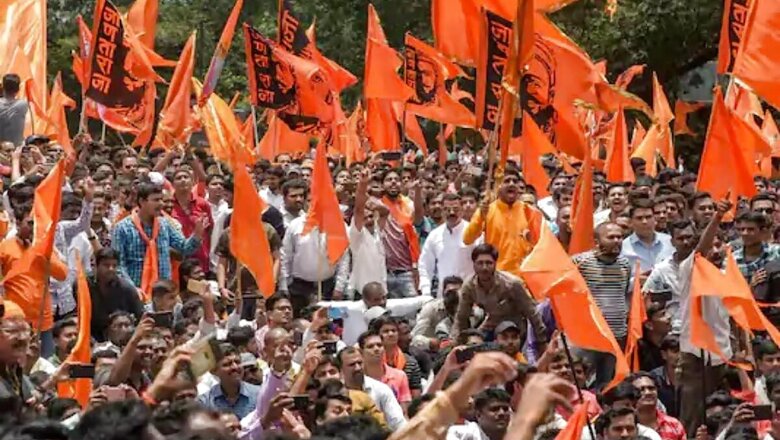
views
Like life, politics too has a habit of turning full-circle. From seeking quotas based on economic grounds, to demanding caste-based reservations, and then demanding back quotas on economic grounds, the dominant Maratha community’s struggle for affirmative action may have completed a full cycle.
On 22 March 1982, Annasaheb Patil, a legislator and iconic leader of the mathadi (head-load) workers, organised a massive morcha (meeting) of the Maratha community in Mumbai, demanding reservation on economic criteria as against caste basis.
The morcha organised by Patil’s Akhil Bharatiya Maratha Mahasangh (ABMM) presented a charter of 10 demands to the state government led by CM Babasaheb Bhosale. The demands include quotas on economic grounds and remunerative pricing of agricultural produce. Annasaheb Patil, who was a part of the Congress-led Indian National Trade Union Congress (INTUC), had threatened that if these demands were not met, he would die by suicide. When none of these demands were accepted by the state government, Patil carried out his threat on the same night and died.
After the BP Mandal Commission report recommending quotas for backward classes was implemented by the VP Singh government in 1990, the Maratha leadership gradually came around seeking caste-based quotas. However, some like former minister Shalinitai Patil and Annasaheb Jawale of the Maratha youth organisation sticked to the original demand.
Organisations like the Maratha Seva Sangh (MSS) claimed that Marathas (kshatriyas or warriors) were the same as Kunbis (peasants), which was identified as a backward class. The population of Maratha-Kunbi cluster is estimated to be around a third of the state’s population. The cluster demanded inclusion in the OBC category, though critics said this demand flew in the face of facts. The Marathas are the traditional landed elite in Maharashtra and account for the highest proportion of representation in sectors like politics and co-operatives.
Eventually, the state backward classes commission led by Justice SN Khatri (Retired) resolved that apart from Kunbis, those who are categorized as Maratha-Kunbis and Kunbi-Marathas, be included in the other backward classes (OBC) category and the state government later accepted it in 2004. However, those who identified as ‘Marathas’ in their caste documents, forming a bulk of the community, were not decreed as OBCs.
The demand for Marathas to be classified as backwards was further rejected by two successive commissions. The campaign for the OBC-isation of the Marathas led to friction between Marathas and the resurgent, upwardly-mobile OBCs like Malis and Vanjaris. The OBCs feared that a numerically stronger group like the Marathas being included in the OBC category would eat into their benefits, including political reservations in local self-government bodies. However, Maratha leaders claimed they wanted to be identified as backwards without any political reservations except benefits in education and jobs.
A series of silent, peaceful ‘Maratha Kranti Morchas’ organized since 2016 stressed the demand for reservation. But these protests took a violent turn in 2018. The mobilization by the Marathas met with a similar counter mobilization by other backwards castes and social groups.
Eventually, the BJP-Shiv Sena government led by CM Devendra Fadnavis approved a law granting a ring-fenced 16% quota in employment and education to Marathas under a specially-created socially and educationally backward category (SEBC). Though the Bombay High Court, upheld the constitutional validity of this law, it trimmed the quotas to 12% (education) and 13% (government jobs). Now, the reservations have been stayed by the Supreme Court, which has referred the case to a constitutional bench.
Following SC stay order on the caste based reservation, a section of Maratha leaders have revived the demand for the community getting quotas on economic grounds through central government’s Constitutional amendment for a 10% economically weaker section (EWS) quota for the general category. The accommodation in the EWS category, they argue, will fulfill their original demand for economic criteria-based quotas raised in the 1980s, be a practical, quick-fix solution, and stand as a legal test compared to the “mirage” of the SEBC category. The uncertainty about the legal battle for the SEBC quota for Marathas that may ensue and the time to be taken for the issue to be resolved makes it necessary to come to terms with this reality, they claim. The EWS category will also allow Maratha youth to get the benefit of affirmative action in jobs and education at the central level too.
After almost four decades post demand for reservations for the Maratha community has turned into a full-circle- from economic criteria to economic criteria via caste-based quotas.
While the EWS demand is led by a section of the Maratha leadership, including a faction of the hardline Sambhaji Brigade, it is opposed by other organisations and leaders, including Yuvraj Sambhajiraje Chhatrapati, the scion of the Kolhapur royal family, and the descendant of Chhatrapati Shivaji Maharaj.
Sambhajiraje, who was one of the faces of the Maratha quota protest, is affiliated to the BJP and is a nominated Rajya Sabha MP.
On the other hand Narendra Patil, the son of Annasaheb Patil, who died by suicide seeking reservations on economic grounds, is opposed to the EWS move. Many other leaders have reiterated their demand to be classified as OBCs.
It is obvious that the battlelines within the community are drawn on political lines. While those supporting the EWS demand are close to the Nationalist Congress Party (NCP), which is part of the reigning Maha Vikas Aghadi (MVA) and is compelled to perform a balancing act on the issue, others sticking to the SEBC claim, like Sambhajiraje and legislator Vinayak Mete are affiliated to the opposition BJP. Those opposing the EWS tag claimed this would weaken their legal case regarding the validity of the SEBC quota in the Supreme Court.
The launch of the Maratha morchas in 2016 was said to be engineered by the NCP leadership and a section of the community, which was said to be upset at the loss of power and nomination of a non-Maratha like Fadnavis (a Brahmin) to the chief minister’s position. Now, with the NCP part of the MVA regime, the BJP may be seeking to pay it back with the same coin.
Last month, the state government led by CM Uddhav Thackeray resolved to extend EWS quotas to the Marathas to cover those who have an income below Rs 8 lakh. However, the friction within the community’s leadership on the issue saw the cabinet stay on the decision later.
As Maratha leaders on both sides of the divide admit, the battle for reservations has been a hard one for members of the community, who serve as foot-soldiers for their leaders. While politicians have managed to use the quota agitation to cement their leadership and strike deals with political parties, their foot-soldiers continue to languish in squalor.
The foot soldiers are confronted with declining yields from agriculture, unaffordable education and a stagnant job market, and occasionally, a police case or two after a protest. With the Maratha reservation protest poised at the crossroads, it is pertinent to see if things shape up differently this time or will the same story repeat itself like in previous decades?
Here is a timeline of the events regarding Maratha reservation:
1902: Chhatrapati Rajarshi Shahu Maharaj launches affirmative action policy in his princely state of Kolhapur, reserving 50% jobs for those who are not Brahmins, Shenvis (Saraswats), Prabhus and Parsis.
1942: The Bombay government during the time declares 228 communities as intermediate and backward classes, including Marathas.
1955: Report of backward class commission identifies 2,399 backward communities.
April 1965: Maharashtra introduces 10% quota for backward classes and 4% for denotified and nomadic tribes in recruitments based on BD Deshmukh committee report. This was in addition to the 13% reservations for scheduled castes and 7% for scheduled tribes.
1980: BP Mandal Commission submits its report which is implemented by the VP Singh government a decade later. This does not include the Marathas.
June 2004: Based on report of the SN Khatri commission, Maharashtra adds Maratha-Kunbis and Kunbi-Marathas to the OBC category. The Kunbis are already categorized as OBCs.
2014: Committee headed by then CM Narayan Rane recommends quotas for Marathas, later the Congress-NCP led government approves separate 16% quotas for Marathas and 5% for Muslims. The Bombay high court stayed the Maratha quota and reservations in jobs for Muslims.
2018: The state backward classes commission led by Justice MG Gaikwad (retired) classifies the Maratha community as backward, submits a report to the state government. Earlier, three commissions chaired by Justices RM Bapat, BP Saraf and SN Khatri (retired) had rejected the demand
Nov 2018: The Devendra Fadnavis led state government approves 16% quotas for Marathas in jobs and education, the bill is unanimously approved by the state legislature.
September 2020: The Supreme Court stays the implementation of the Maratha quota, refers matter to a constitutional bench.
Disclaimer: The author is a Mumbai-based journalist and author of ‘The Cousins Thackeray: Uddhav, Raj and the Shadow of their Senas’. Views are personal.
Read all the Latest News and Breaking News here













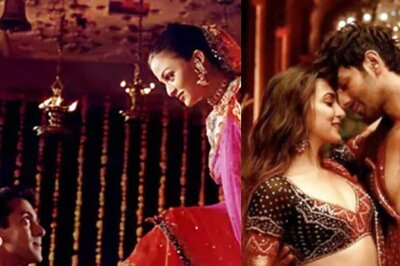
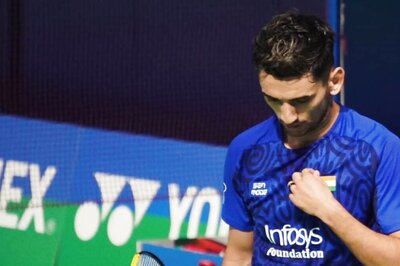

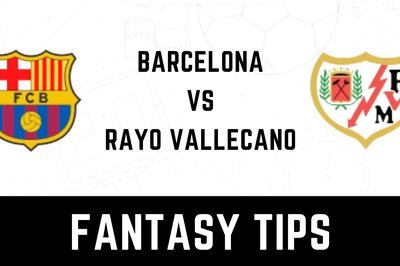
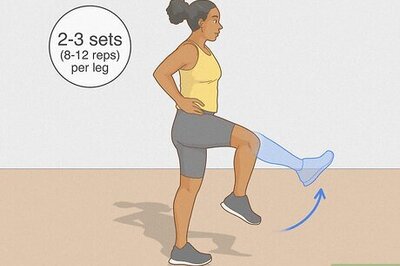

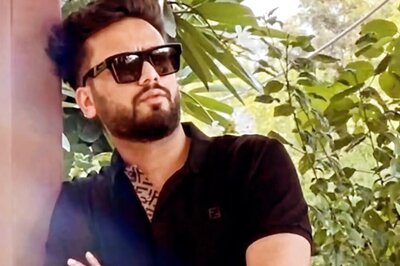
Comments
0 comment